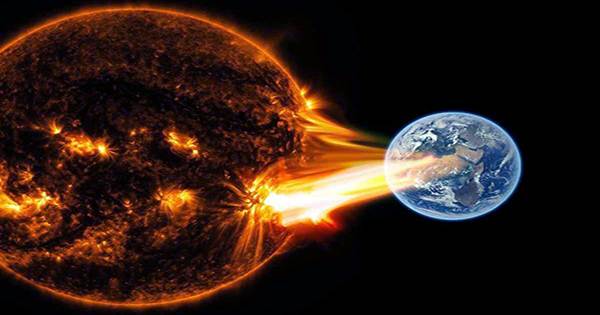It’s that time of year again, isn’t it? The globe is poised to see its first solar eclipse of 2022, which will occur almost precisely halfway through spring. Because the eclipse will only be seen in the Southern Hemisphere – thus readers in South American nations or Antarctica should look skyward this Saturday, April 30, for the first partial solar eclipse and the first of four eclipses this year. Don’t worry, the rest of you: it will be live broadcast as well, so you won’t miss out.
According to NASA, the partial solar eclipse will be visible in Chile, Argentina, the majority of Uruguay, western Paraguay, southern Bolivia, southeastern Peru, and a small portion of southwestern Brazil. If you’re on the northwestern coast of Antarctica, in the Atlantic Ocean right off the southeastern coast of South America, or someplace in the South Pacific Ocean and Southern Ocean, you’ll be able to watch the Moon take a massive bite out of the Sun.
If you’re not in any of those places, don’t worry: you’ll be able to watch the event live from the comfort of your own home by clicking here. According to TimeAndDate.com, the eclipse will occur between 6:45 p.m. and 10:37 p.m. UTC, which translates to 2:45 p.m. and 6:37 p.m. EDT, or 7:45 p.m. and 11:37 p.m. BST. The event is also being streamed live on TimeAndDate. If you want to see it live and in person, remember to keep safe: if you wish to face the Sun, wear special solar viewing or eclipse glasses, or use an indirect viewing method like a pinhole camera.
“Looking directly at the Sun without a suitable solar filter is never safe, even if the Sun is partly or largely veiled,” NASA warns. “Solar watching or eclipse glasses are not ordinary sunglasses; ordinary sunglasses are not suitable for seeing the Sun.” This will be the first of four eclipses in 2022, so don’t worry if you miss it: there will be three more opportunities to watch solar and lunar eclipses later this year. You won’t even have to wait that long, owing to the unique way the skies must be aligned for an eclipse to occur at all: the next eclipse will be a total lunar eclipse on the night of May 16.
“The minimum number of eclipses in a year is four, and two of these four eclipses are always solar eclipses.” According to TimeAndDate, the greatest number of eclipses that may occur in a calendar year is seven. “During each eclipse season, there are two or three eclipses. There is usually at least one solar eclipse, and sometimes two. The same may be said about lunar eclipses… Solar and lunar eclipses always occur in pairs, with a solar eclipse occurring two weeks before or after a lunar eclipse, and vice versa.” If that doesn’t work, you’ll have to wait until October 25 for the next solar eclipse, which will be visible throughout much of Europe, northern Africa, the Middle East, and western Asia.
















